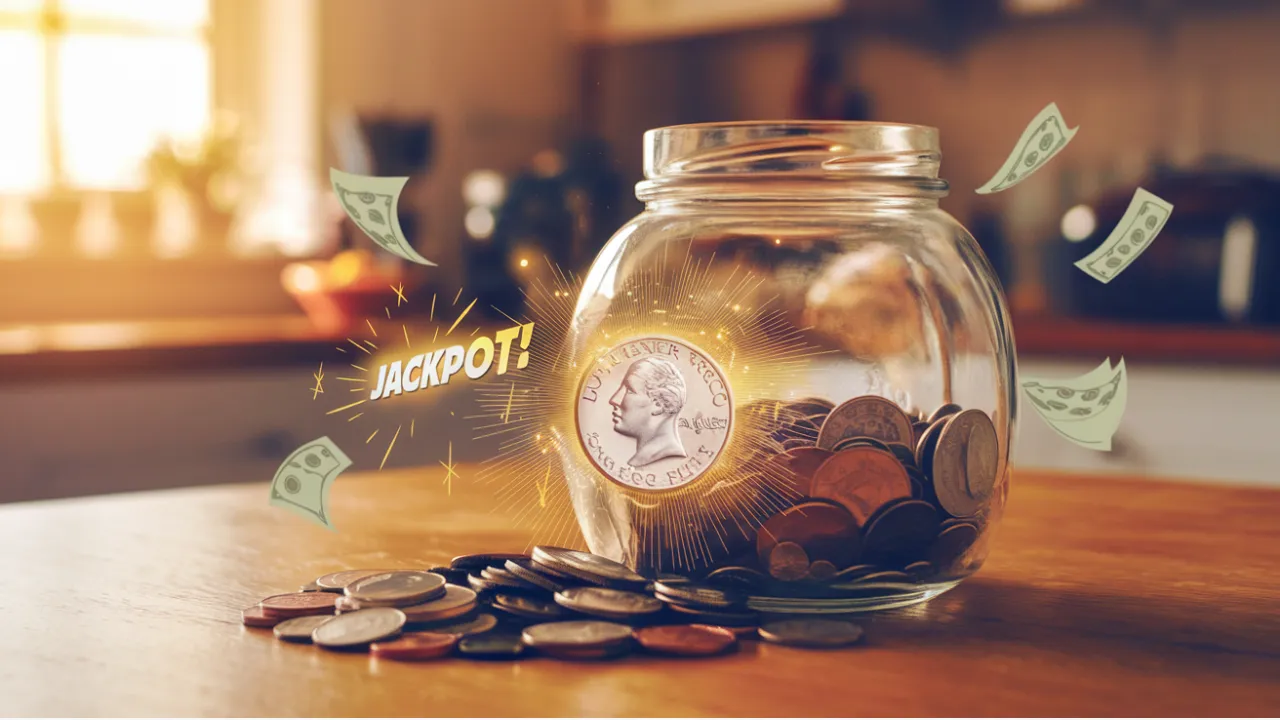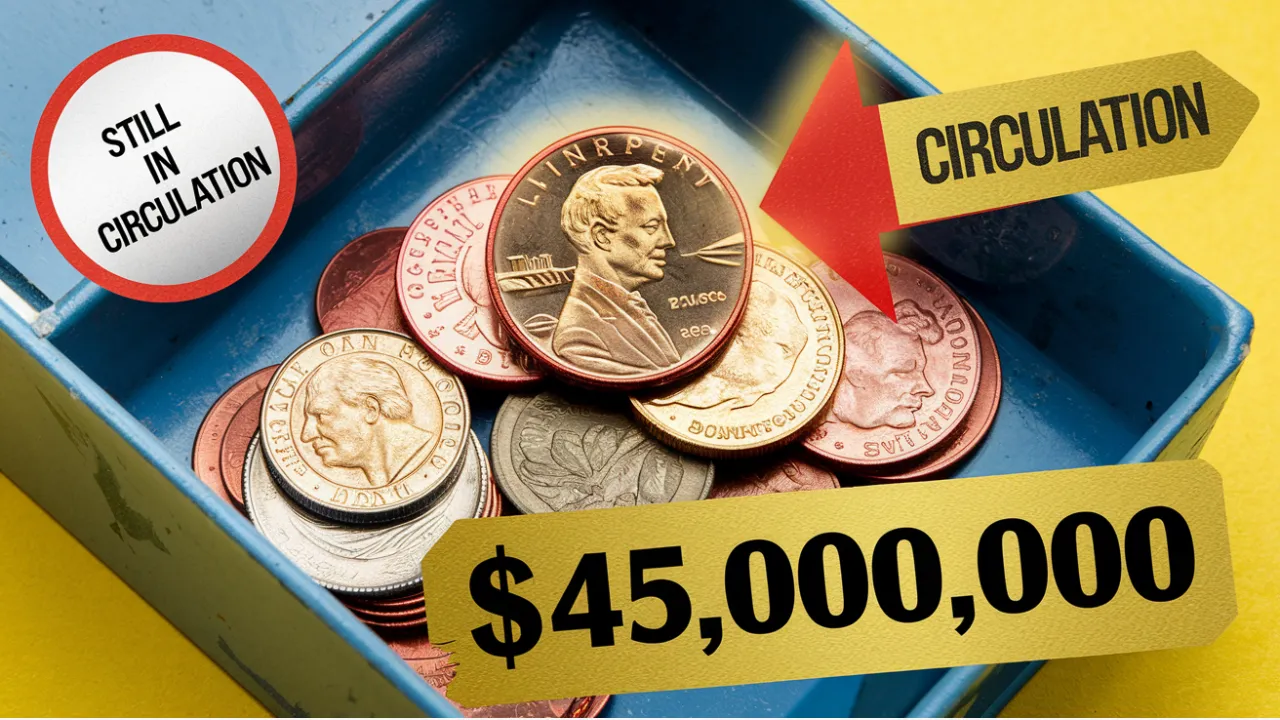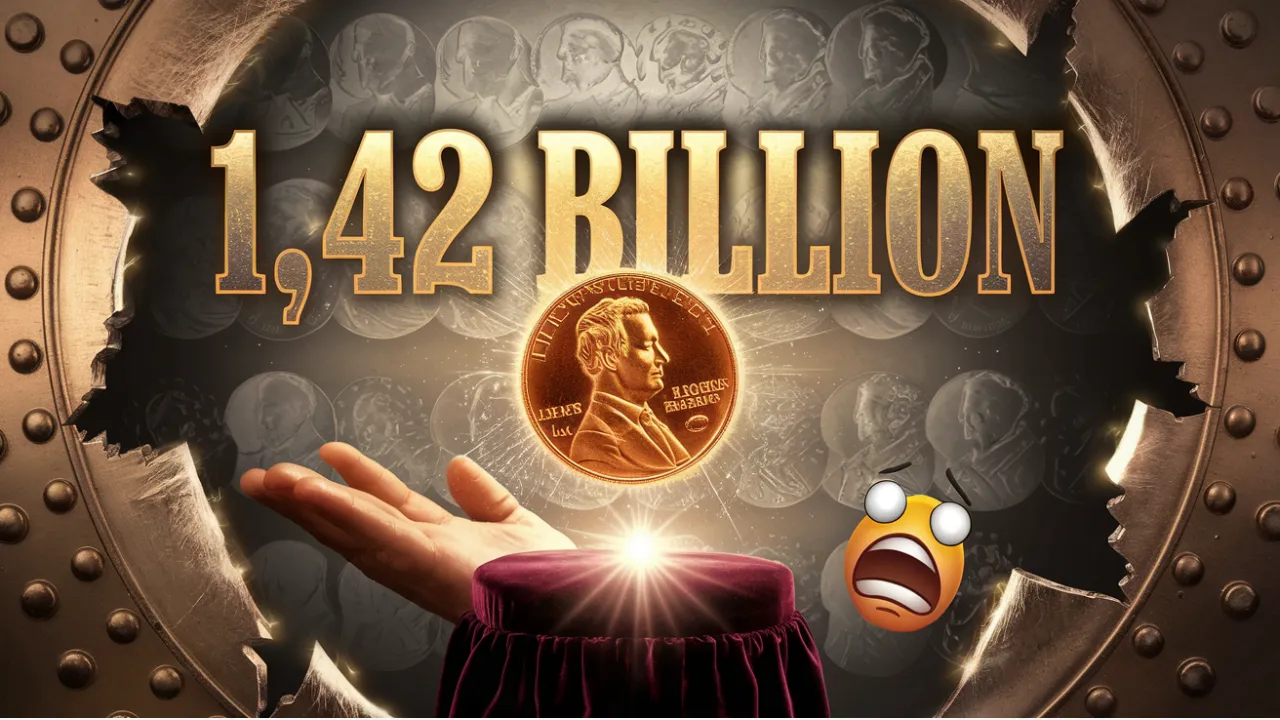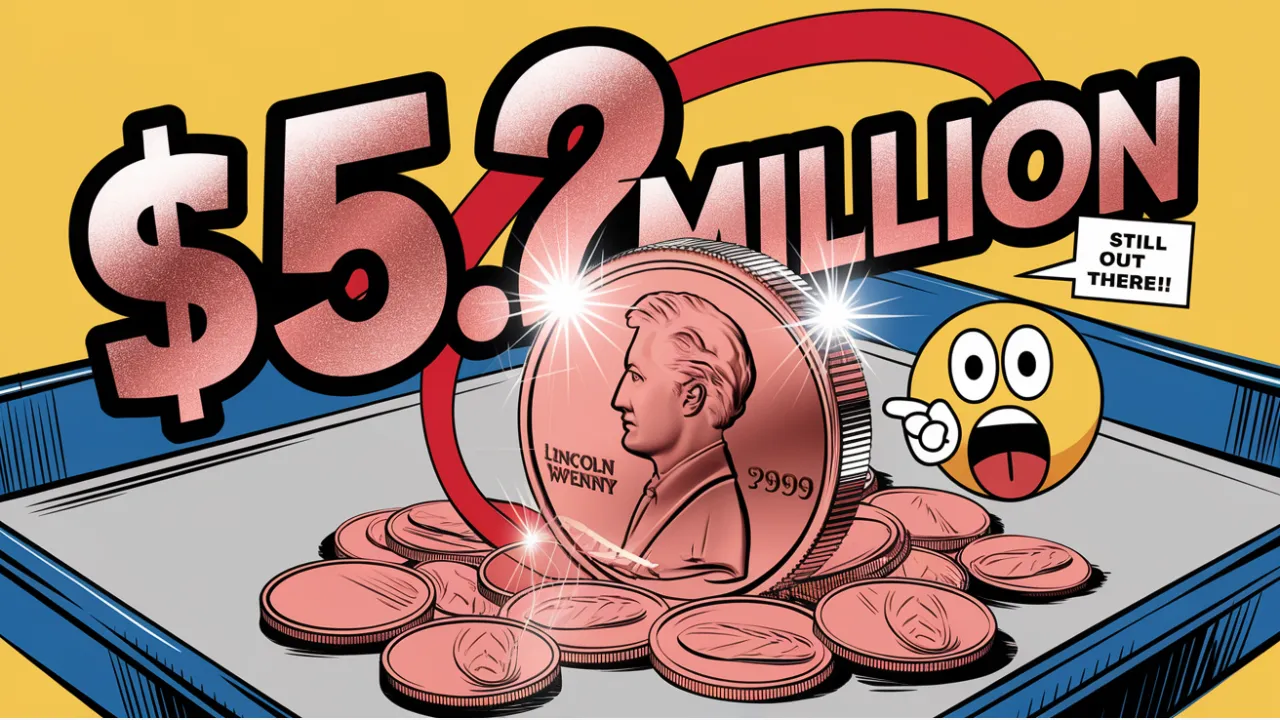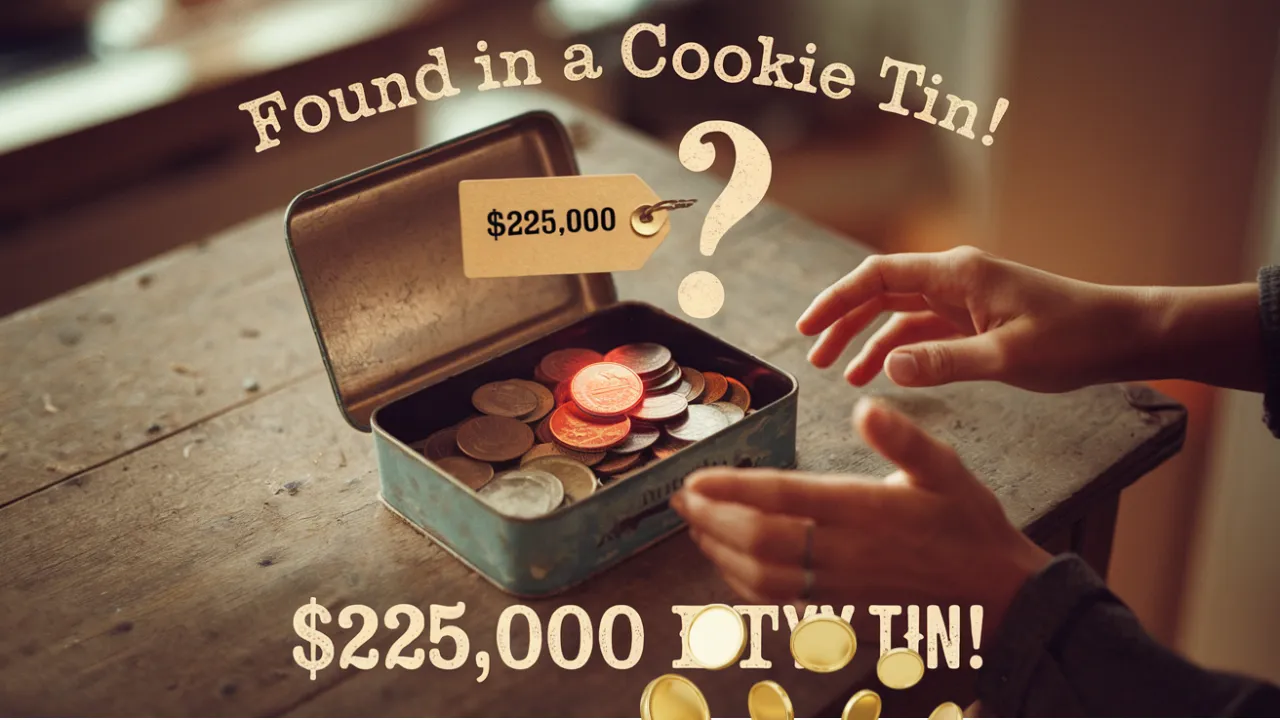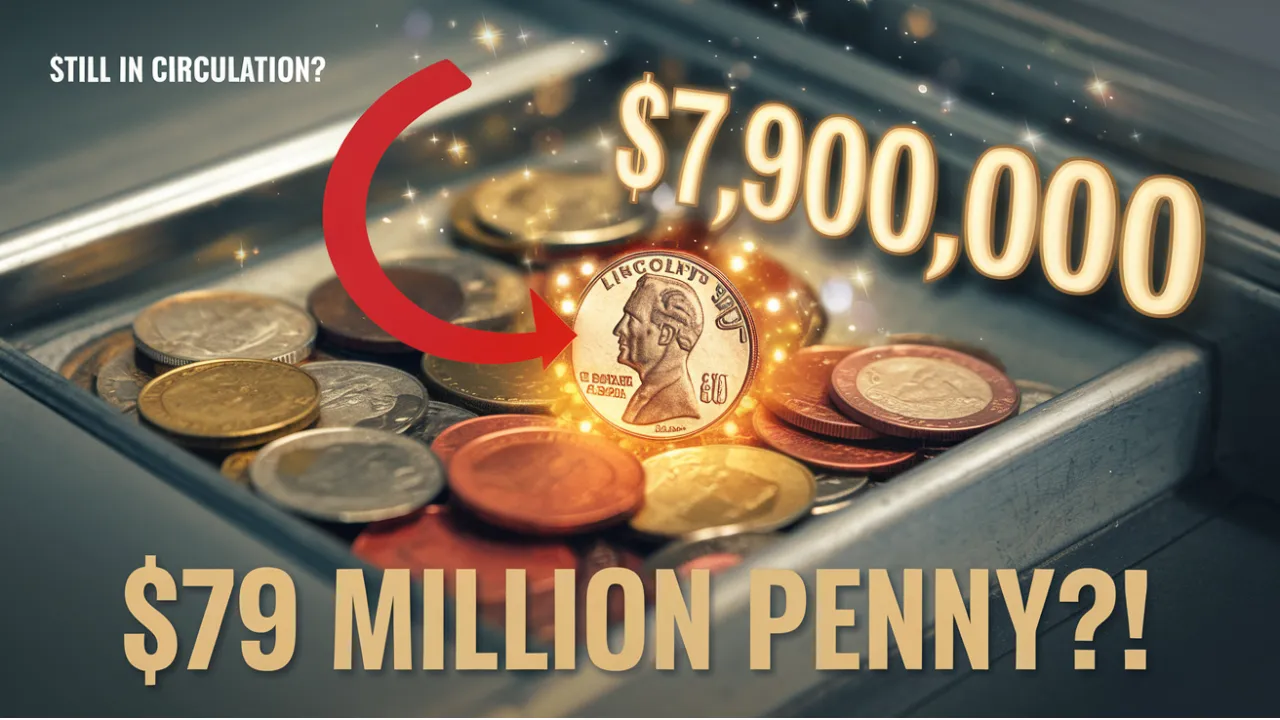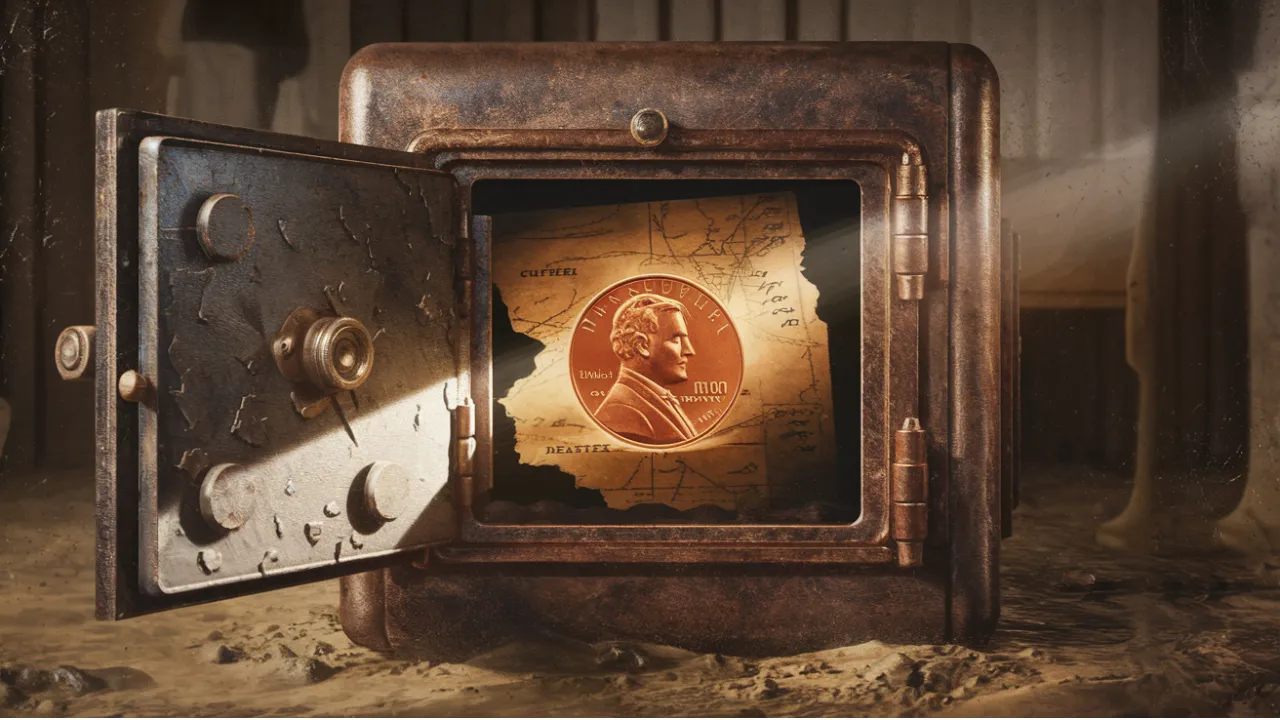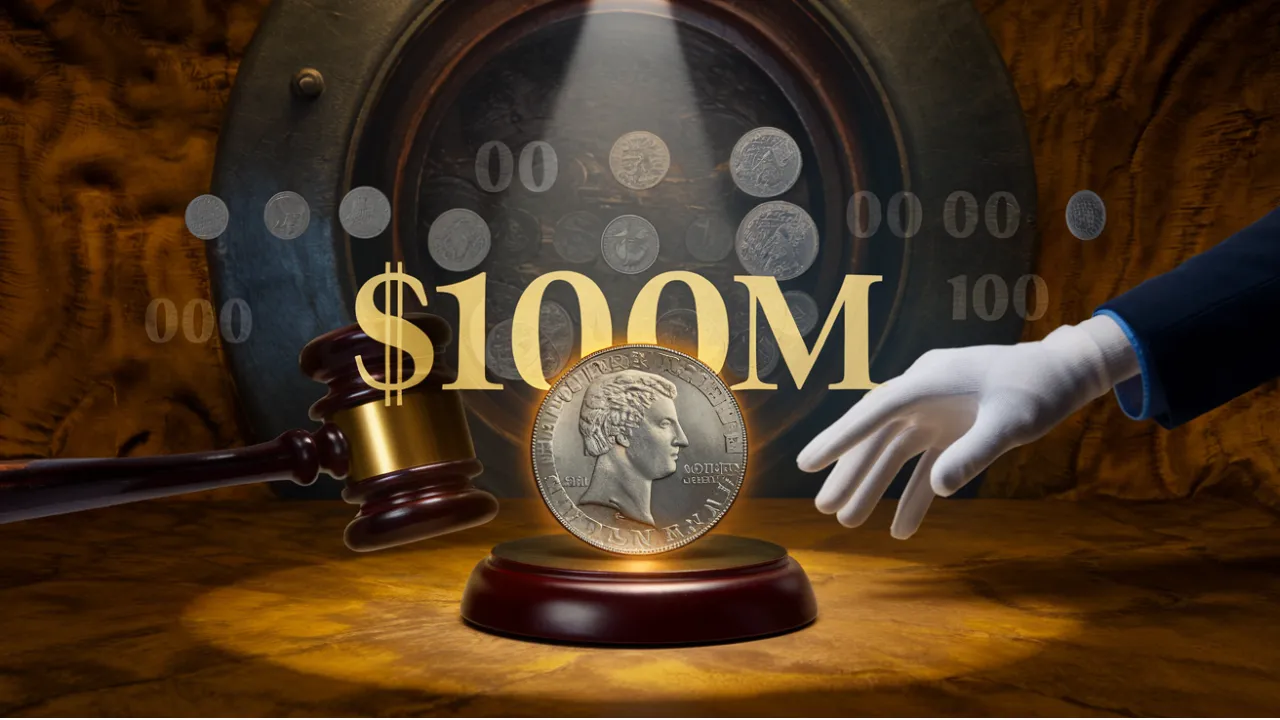The Lincoln Wheat Penny: The Lincoln Wheat Penny is one of America’s most iconic coins, cherished by collectors and history enthusiasts alike. While most of these coins are worth only a few cents, certain rare varieties have skyrocketed in value. Among them, one Lincoln Wheat Penny has an astounding valuation of $21 million. What makes this unassuming coin so special? Even more exciting is the possibility that some of these rare pennies might still be in circulation, hiding in plain sight.
This article will take you on a journey through the fascinating history of the Lincoln Wheat Penny, explain why some are so valuable, and show you how to identify rare pennies that could change your life. Let’s explore the extraordinary world of these humble yet priceless coins.
Key Facts About the Lincoln Wheat Penny
| Feature | Details |
| First Minted | 1909, celebrating Abraham Lincoln’s 100th birthday |
| Designer | Victor David Brenner |
| Years of Production | 1909–1958 |
| Notable Design | Obverse: Abraham Lincoln’s profile; Reverse: Two wheat stalks encircling “ONE CENT” |
| Rare Varieties | 1943 bronze penny, 1944 steel penny, 1909-S VDB penny |
| Highest Recorded Value | $21 million for an extremely rare coin |
| Circulation Status | Rare pennies may still be found in circulation |
A Brief History of the Lincoln Wheat Penny
The Lincoln Wheat Penny made its debut in 1909, marking the 100th anniversary of President Abraham Lincoln’s birth. Designed by renowned sculptor Victor David Brenner, the coin represented a major departure from traditional U.S. currency. It was the first coin to feature the portrait of a real person, replacing the allegorical designs that had previously dominated American coinage.
The reverse design, featuring two wheat stalks surrounding the words “ONE CENT,” was equally symbolic. It reflected themes of prosperity and agricultural abundance, resonating with the country’s agrarian roots. The coin remained in production until 1958 when it was replaced by the Lincoln Memorial design.
Why Are Some Lincoln Wheat Pennies So Valuable?
Most Lincoln Wheat Pennies are worth no more than a dollar, but a few are valued at thousands—or even millions—of dollars. Several factors contribute to their extraordinary worth:
1. Rarity
Coins with limited production runs or minting errors are incredibly rare and valuable. For instance, the 1943 bronze penny is one of the most sought-after coins because it was accidentally struck in bronze rather than steel during World War II. Similarly, the 1944 steel penny, struck with leftover steel planchets, is another rarity.
2. Condition
A coin’s condition is critical to its value. Coins in mint-state condition, with no signs of wear or damage, command higher prices than circulated coins. Grading services like PCGS and NGC authenticate and grade coins to determine their quality and worth.
3. Unique Features
Minting errors, such as doubled letters, off-center strikes, or unusual metal compositions, make certain pennies highly collectible. These errors are often the result of mistakes during the coin’s production process.
4. Historical Significance
Coins from pivotal moments in history, like the Lincoln Wheat Penny’s introduction in 1909, carry added significance. Collectors value them not only for their rarity but also for their connection to historical events.
The $21 Million Lincoln Wheat Penny
Among the rarest Lincoln Wheat Pennies is a coin valued at an astonishing $21 million. This coin likely owes its worth to a combination of rarity, flawless condition, and an intriguing backstory. Experts speculate it could be a 1943 bronze penny or a 1944 steel penny, two of the most elusive coins ever minted.
What’s truly exciting is that this record-breaking penny might still be out there, waiting to be found in someone’s loose change, a forgotten jar, or even an old piggy bank.
How to Spot a Rare Lincoln Wheat Penny
If you want to check whether you’re holding a valuable Lincoln Wheat Penny, follow these steps:
1. Inspect the Date and Mint Mark
Look for key dates such as 1909-S VDB, 1943 (bronze), and 1944 (steel). The mint mark, a small letter beneath the date, indicates where the coin was produced (e.g., “S” for San Francisco, “D” for Denver, and no letter for Philadelphia).
2. Test the Metal Composition
A quick magnet test can reveal the coin’s material. Steel pennies from 1943 are magnetic, while bronze pennies are not. This simple test can help you identify potential rarities.
3. Examine the Condition
The better the condition of your coin, the more valuable it’s likely to be. Look for coins with sharp details and minimal wear.
4. Search for Errors
Check for unusual features such as doubled text, off-center strikes, or peculiar colors. These minting anomalies can significantly increase a coin’s value.
Could Rare Pennies Still Be in Circulation?
Believe it or not, rare pennies occasionally surface in circulation. Many people are unaware of the value of their coins and may spend them without a second thought. Inherited collections, old jars of change, and forgotten drawers are common places where valuable coins might be hiding. It’s entirely possible that a Lincoln Wheat Penny worth millions could be sitting unnoticed in someone’s pocket right now.
What to Do If You Find a Rare Lincoln Wheat Penny
If you think you’ve discovered a rare penny, follow these steps:
- Authenticate the Coin: Consult a professional coin grader or numismatist to verify its authenticity and rarity.
- Avoid Cleaning It: Cleaning a coin can damage its surface and significantly reduce its value. Handle it carefully and store it in a protective case.
- Seek Expert Guidance: Contact a reputable auction house or coin dealer for advice on selling or preserving the coin.
FAQs About the Lincoln Wheat Penny
1. What is a Lincoln Wheat Penny?
A Lincoln Wheat Penny is a one-cent coin minted from 1909 to 1958, featuring Abraham Lincoln on the obverse and wheat stalks on the reverse.
2. Why are some pennies worth millions?
Rarity, minting errors, exceptional condition, and historical significance contribute to the astronomical value of certain pennies.
3. How do I know if my penny is rare?
Check the date, mint mark, material, and condition. Rare years like 1943 (bronze) and 1944 (steel) are worth examining.
4. Are rare Lincoln Wheat Pennies still in circulation?
Yes, some rare pennies may still be in circulation or hidden in old collections and loose change.
5. How can I sell a valuable penny?
Authenticate the coin and consult experts, auction houses, or online marketplaces to determine the best selling strategy.
Final Thoughts
The Lincoln Wheat Penny is more than just a coin—it’s a piece of history that captures the essence of a bygone era. While most of these pennies are worth only face value, a few hold extraordinary worth, with one valued at $21 million. This reminds us that treasures can often be found in the most unexpected places.
The next time you encounter a penny, take a moment to inspect it closely. Who knows? You might just uncover a hidden gem worth a fortune. If you found this article helpful, feel free to share it and start your own treasure hunt for rare coins!

